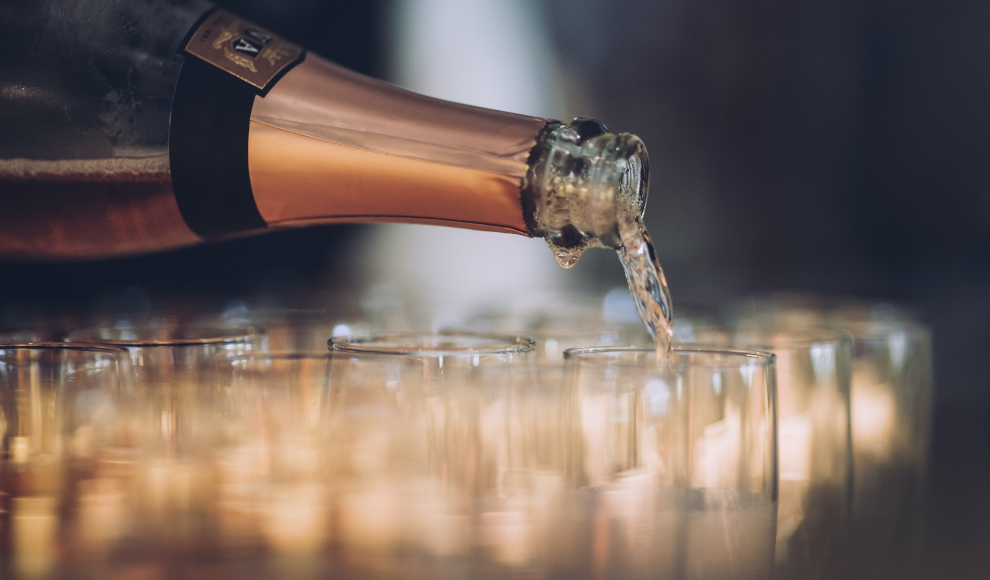A new study has revealed that despite having almost identical alcohol content, champagne and white wine affect the body differently. Researchers from The Medical Council on Alcohol (MCA) conducted a study with twelve participants to investigate why champagne makes people drunk faster than white wine. One group was given freshly opened champagne with carbon dioxide, while the other group was given champagne without carbon dioxide. Both groups consumed enough champagne to reach 0.6 grams of pure alcohol per kilogram of body weight. After five minutes, the group that consumed the carbonated champagne had a blood alcohol level of 0.54%, while the other group had a blood alcohol level of 0.39%. The carbon dioxide in champagne causes the mucous membranes in the mouth, stomach, and small intestine to become more vascularized, allowing alcohol to enter the bloodstream more quickly.
The study also found that the subjective feeling of being drunk corresponded with the actual blood alcohol level. The carbon dioxide in champagne and other sparkling wines is responsible for the fizzy sensation that many people enjoy. However, it also causes the alcohol to be absorbed more quickly, leading to a faster onset of drunkenness. To avoid this effect, it is recommended to drink less and use a flatter glass, which allows the carbon dioxide to escape more quickly and reduces the stimulation of blood flow.
This study sheds light on the effects of carbonation on alcohol absorption and highlights the importance of understanding how different types of alcohol affect the body. It also provides valuable information for those who want to enjoy champagne responsibly and avoid getting drunk too quickly. The findings of this study may also have implications for the regulation of alcohol content in carbonated beverages.










